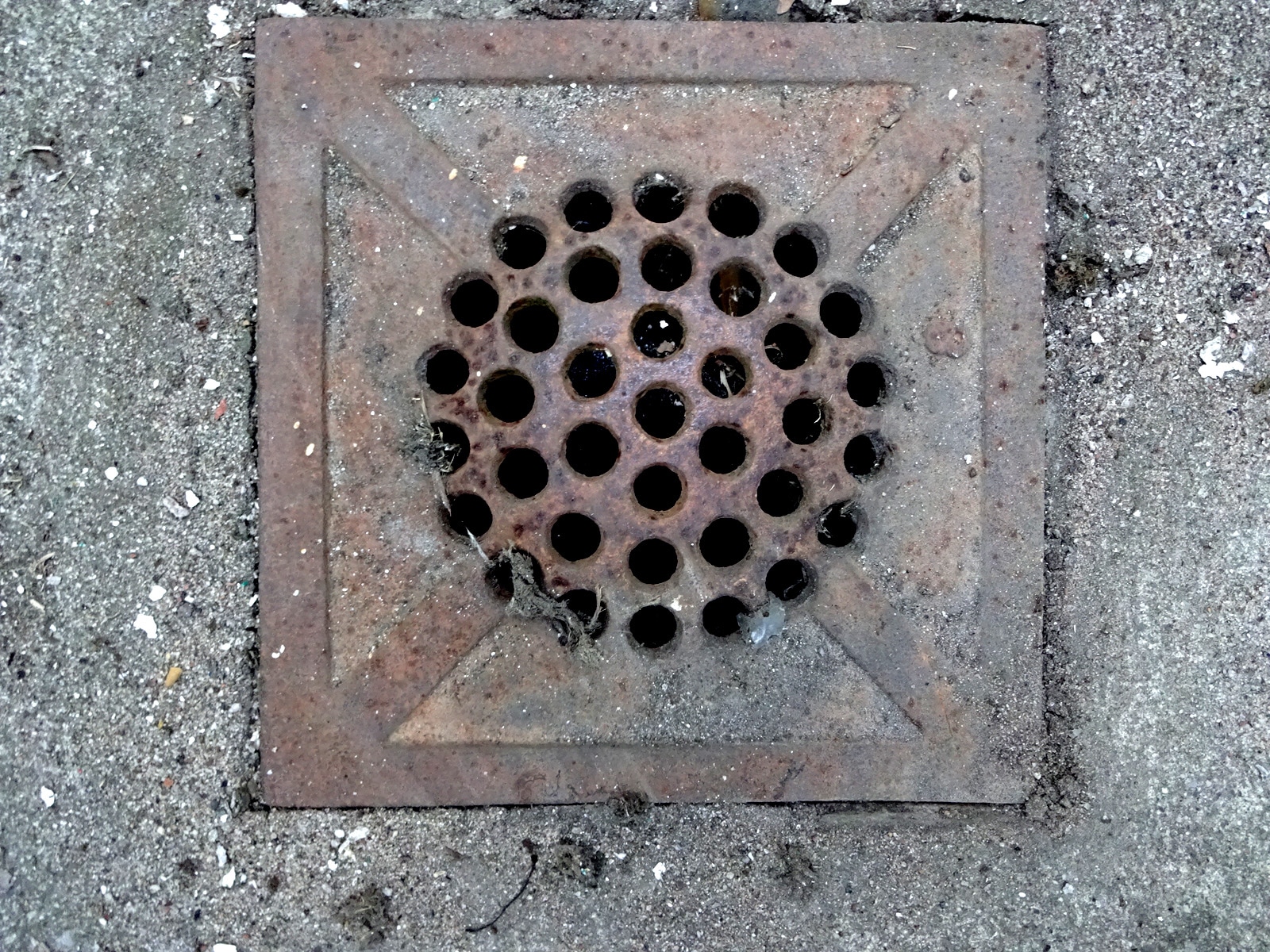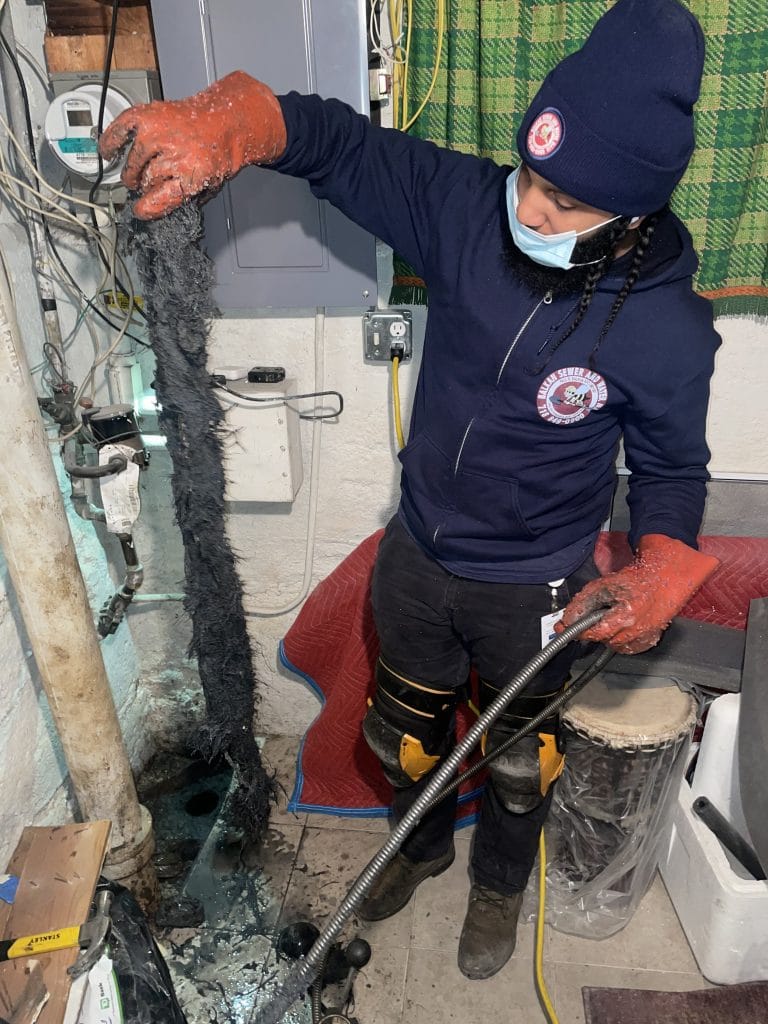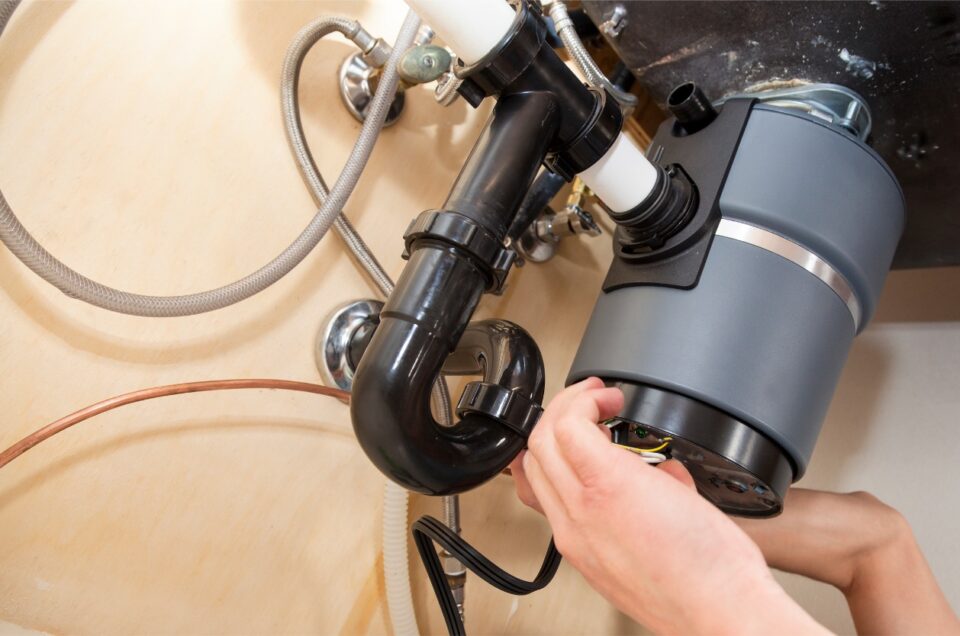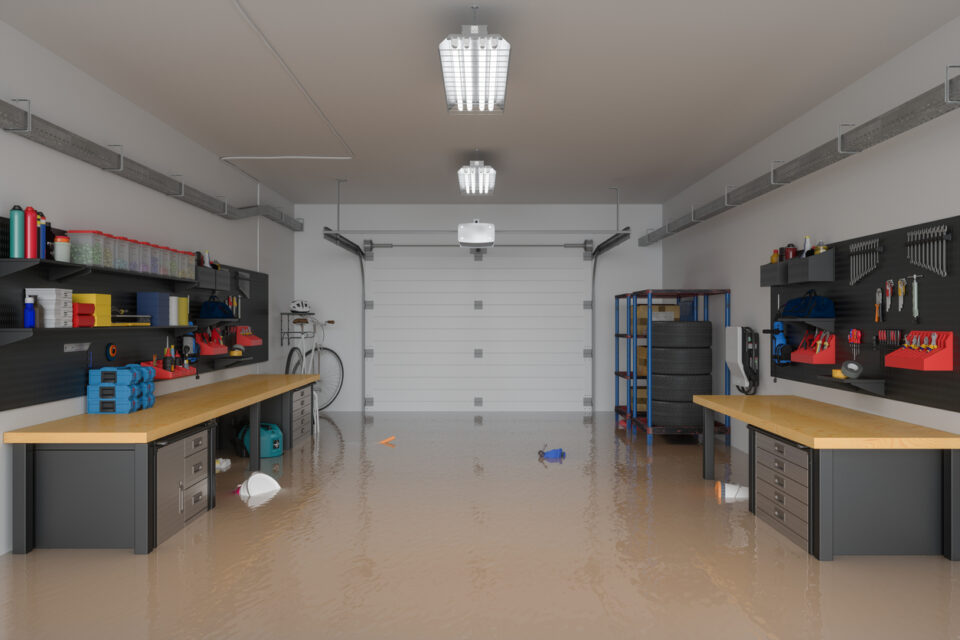A yard drain is also referred to as an area drain, but it usually takes in a larger area, as opposed to an area drain in stairwell. Without a yard drain the water from rainfall could cause pooling on your lawn, and other finished surfaces. In many cases, an outside drain prevents flooding both on the outside and inside of your home.
This is particularly true in the Springtime when rainfalls seem to occur with more frequency and with more intensity, or in the Fall when leaves can clog things up.
The Dangers Of A Clogged Yard Drain
Unless properly functioning drains are present, rainwater can accumulate and have nowhere to go, creating a muddy environment on your property. In addition, pooling water can create a health hazard and attract insects as well. In a worst-case scenario, ponding water can leak into your basement and even cause flooding.
A yard drain, similar to any other plumbing fixture, requires proper maintenance and care to make sure there is a good flow of water. Because it is commonly located in an outdoor area, such as a backyard or a driveway, it is prone to have dirt, leaves, branches, and other physical objects block the pipeline or the drain itself.
Common Yard Drain Problems
In most cases, yard drain maintenance and care involves removal of obvious blockages including leaves, stones, wood sticks, toys, plastic, and other physical objects. Assuming the blockage is only near the grate, you can remove it with your hands, a shovel, or a common gardening tool.
If you have quite a wide yard, there are probably two or more area drains in place. When one is obstructed by debris, chances are the remaining drains also have the same problems. This is a particular problem in the Fall when trees lose their leaves rapidly.
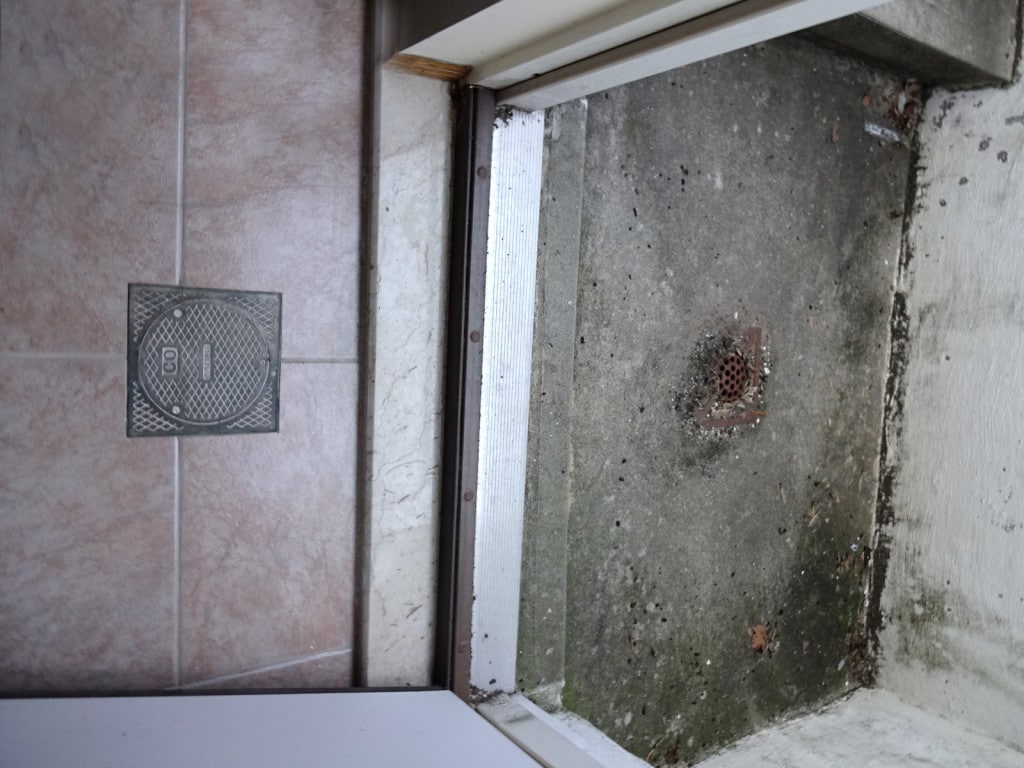
To maintain an outside drain properly, open the grate of each drain area so you have a better look into the pipe; you may experience some unpleasant sights or smells. But this method only takes a minute of your time. If a shovel or scoop does not cut it, you may want to use a professional-grade shop vacuum to reach deeper into the drain pipe and suck out all of the debirs.
Yards Drain Can Be Inter-Connected
Some drain areas are multi-directional so make sure you clean each line and the catch basin. When all viewable debris is removed, try to run water from a garden hose and see if the water flows freely. Otherwise, you may need a more thorough cleaning. To avoid recurrent problems, you may need to install new grates with finer screen.
Depending on how your yard is setup, your property may have several inspection portals, also called a clean-out. A clean-out can be located near the house or closer to the storm sewer by the street. Ideally, clean-outs are located inside the house, this prevents them form freezing in the Wintertime. In other cases, the drain grate can be lifted and used as the cleanout point.
When you run water from a garden hose, you should see it flows freely through the catch basin and inspection portals as well. If you don’t see good flow in the latter, it means the water got stuck somewhere in the pipeline.
Without proper equipment, it is almost impossible to pinpoint where a drain pipe obstruction really is. City sewer records or a professional plumber can help you locate the exact location of the drain line, and the blockage as well when it involves your main home sewer. The most common causes of this problem are root invasion and broken pipes.
Outside area drain piping frequently breaks because it is typically very shallow, and also prone to freezing. They are serious issues and can be challenging to deal with if you don’t have the proper tools to do the job. In other words, they are problems best left to drain line professionals.
The Advantages of Hydro Jetting
Stubborn debris such as balled-up papers, dry mud, and accumulated leaves can also cause a yard or area drain to clog and are among the causes of drain issues in yard areas. If you are not sure what the exact culprit is, you can try to solve the problem by hydro-jetting the drain itself, and the connecting piping.
Hydro-jets flush the pipe line with high-pressure water, strong enough to push most stubborn debris inside the pipe. This tool is typically part of the arsenal of tools belonging to a professional drain cleaner.
Please keep in mind that the water coming out from hydro jet machine is pressurized, and normally you don’t have such strong flow running inside your drain. Water from the hydro jet may flow freely through the catch basin and inspection portals, but you have to run water from a household garden hose to see if the blockage has been removed, as some blockages tend to reform. This is typically the case with grease blockages, which are not found in area drains.
Why To Consider Calling A Professional Drain Cleaner
A professional plumber has all the necessary tools to perform complete cleaning. But if you want to try to clean the blockage on your own, you can probably rent some tools from hardware store. A rundown of some tools commonly used for yard drain maintenance and care, particularly to get rid of tough outside drain clogs, is as follows:
1. Drain Machine: This tool works most effectively to get rid of roots inside the pipeline. It has a cutting blade just like one attached to a circular saw that goes through small to big roots. Of course, the roots will become debris in the yard drain pipe, but they are loose and easy to flush even without hydro jet.
A drain machine is available for rent from a local hardware store, and make sure you rent big enough machine depending on the size of your yard drain pipes. Another obvious option is to hire a professional plumber to have the pipeline properly inspected and the blockage handled.
2. Hydro Jet: Water jetting works well for any kind of stubborn dirt other than tree roots. Clogging caused by grease, sludge, paper, toys, and dirt can be flushed down the line with pressurized water. Unlike drain snake that simply goes through the blockage and tries to loosen it, hydro jet disperses and flushes it. You can rent the tool or hire a professional plumber to have your yard drain pipe hydrojetted.
3. Rubber Drain Bladder: Also known as a flush bag, a drain bladder is a rubber bag that can fit tightly into the yard drain pipe. It helps to force the water to go down to certain directions. It works almost in the same way as hydro jet does. In this case the water flows, but at very slow pace in the pipeline than when water jetting. A rubber drain bladder can be a very useful and inexpensive tool.
If the water still flows slowly even after the pipes have been cleaned by professionals, you may want to consider installing a new or larger pipe. This is a costly solution, but certainly necessary if the volume of water actually exceeds the capacity of the existing installation. The procedure involves digging, removing, and installing new pipes, so these jobs are best left to sewer line professionals.

